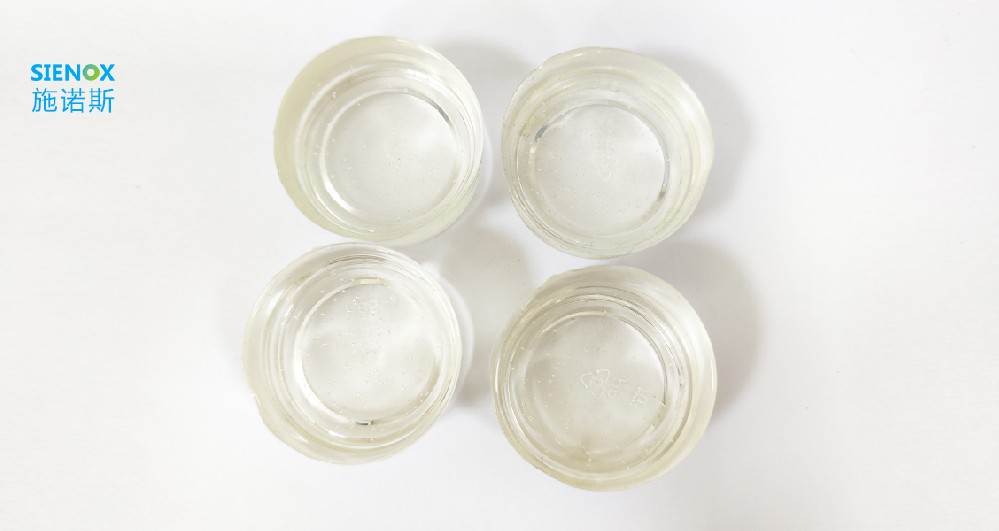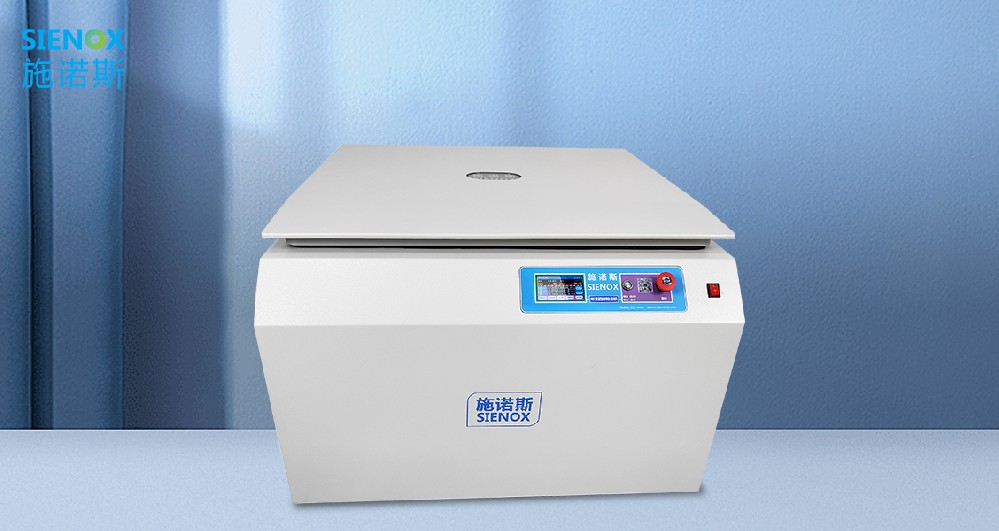
News

TEL:18925129293
What to Consider in the Degassing of Epoxy Resin Materials?
date:2023-07-18author:SIENOXWhen dealing with epoxy resin materials, degassing is a crucial step to ensure the quality of the final product.

Here are several points to consider when degassing epoxy resin materials:
1. **Preparation:** Before starting the degassing process, ensure that the working area is clean and have the necessary degassing equipment and tools ready, such as a vacuum degassing chamber, vacuum pump, sealed containers, etc.
2. **Degassing Container Selection:** Choose an appropriate degassing container, ensuring that the container can withstand the required vacuum level and temperature. The container should have sufficient sealing to prevent gas leakage.
3. **Operating Environment:** The degassing process should take place in a relatively dry and draft-free environment to minimize bubble formation. Changes in humidity and temperature can affect the degassing effectiveness, so try to maintain stable environmental conditions.
4. **Material Mixing:** Before mixing epoxy resin, ensure that all components have been thoroughly stirred. Inadequate stirring may lead to bubble formation.
5. **Pre-treatment:** Before injecting epoxy resin material into the degassing container, some pre-treatment steps can be performed, such as gently vibrating the container, using vibration tools to remove large air bubbles, etc., to facilitate the release of bubbles.
6. **Vacuum Degassing:** Place the container with epoxy resin material into the vacuum degassing machine. Gradually increase the vacuum level, usually degassing is performed at low pressure to avoid volatilization of epoxy resin material. Maintain the appropriate vacuum level and degassing time to ensure complete removal of bubbles from the material.
7. **Pressure Adjustment:** In some cases, applying certain pressure while vacuum degassing can further enhance the degassing effect. Pressure helps to push bubbles out of the material.
8. **Environmental Restoration:** After completing the degassing, gradually restore the environmental pressure to ensure a balance of pressure inside and outside the container, avoiding sudden pressure release that may cause bubble formation in the epoxy resin material.

Please note that the above steps are general guidelines, and the specific degassing process may vary depending on the characteristics of the material and specific requirements. Before conducting any operation, carefully read and follow the guidance and safety instructions provided by the manufacturer of the materials used.


















